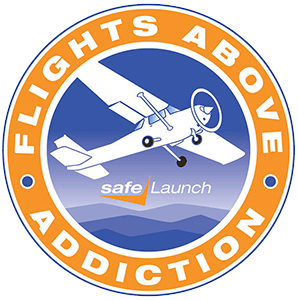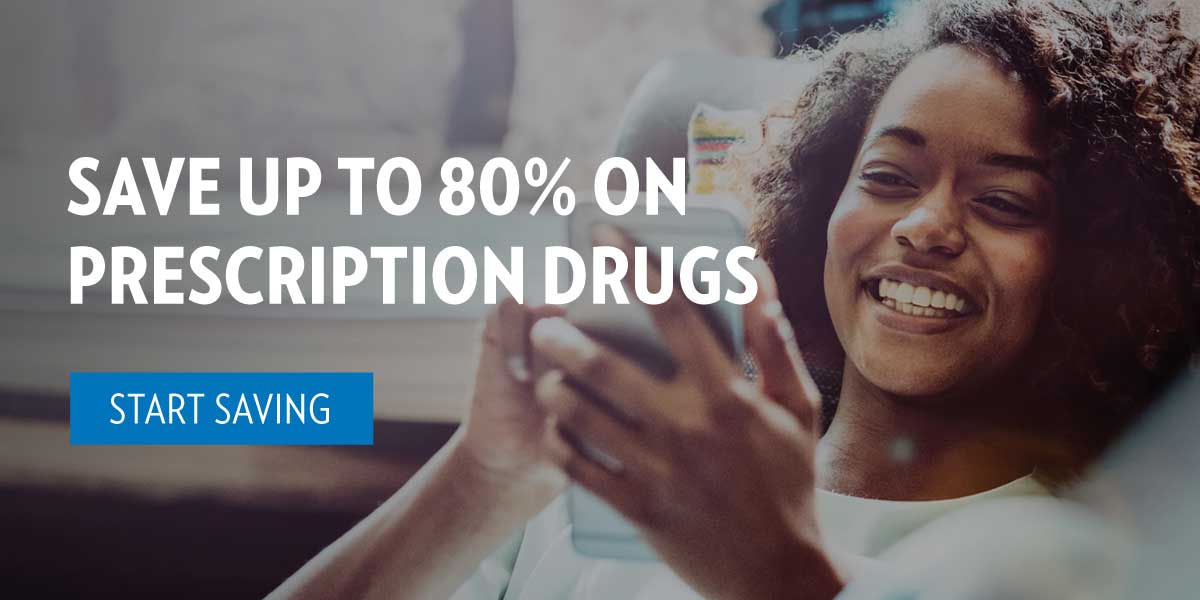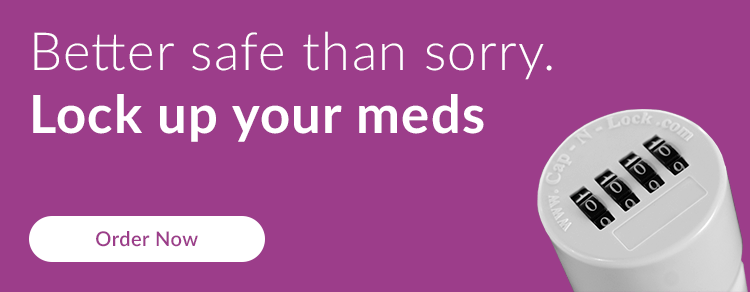It takes more than “Just Say No”
For years, middle and high school students have been encouraged to “Just Say No” to drugs and alcohol. Unfortunately, that advice often falls on deaf ears, in great part because the curious brains of teens are hard-wired to seek challenge and novelty. What may look like defiance is actually age-appropriate independence that sometimes spills over into alcohol or drug experimentation or other dangerous behaviors. So critics would assert that “Just Say No” is a simplistic catch phrase that doesn’t constructively redirect teen behavior or deliver measurable results.
There are successful prevention efforts, and many of them include an element of norm setting that helps teens view drug use as an optional rite of passage, rather than a requirement. In truth, the vast majority of teens do not consume drugs or alcohol regularly. Helping teens understand that sobriety is the cultural and legal norm – remember, it’s illegal to drink before age 21 – is a foundation of many prevention programs.
Still, some teens will drink or use drugs regularly, and some will become physically and psychologically dependent upon drugs or alcohol. What started out as a seemingly innocent experiment can morph into the lifelong and potentially deadly disease of substance use disorder.
How Early Drug Use Changes the Brain
Drug or alcohol use during the teen years is particularly damaging because the brain is a work in progress until age 25, and its structural development can be physically altered by the consumption of alcohol or other drugs. The prefrontal cortex of the brain, choreographer of high-level executive function, is particularly vulnerable to early drug and alcohol abuse because it’s one of the last parts of the brain to fully develop.
Is Your Teen at Risk?
Like other complex chronic diseases such as obesity, diabetes or cancer, a person’s vulnerability to addiction is a combination of nature plus nurture. In other words, one’s genetic background is influenced and shaped by lifestyle and individual choice. Nora Volkow, Director of the National Institute on Drug Abuse (NIDA), says that genetics accounts for close to 50% of the risk of experiencing drug or alcohol dependence.
Childhood trauma also influences brain development and plays a powerful role in shaping substance use disorder and many other chronic diseases, as the Adverse Childhood Experiences study shows.
And the age at which kids have that first drink or pill strongly influences the chances of becoming chemically dependent on alcohol or other drugs. The earlier in life they drink or use drugs, the more likely they are to experience a lifetime struggle with alcohol and other drugs.
There’s a lot of science to consider, and you might be wondering if your child is at risk. This quick and easy quiz will help you or your teen get a sense of their vulnerability.
So What Works in the World of Prevention?
It takes a village. A community effort that galvanizes parents, merchants, law enforcement, schools and teens themselves is much more likely to be successful than a single stand-along prevention program. In contrast, a one-time lecture from a parent is unlikely to reign in an impulsive teen.
Middle and high school science presentations on the damage of drugs and alcohol probably won’t prevent a teen from trying to “fit in” by snitching a beer with his buddies.
Long story short: research shows that prevention efforts need to hit on multiple cylinders to be effective. For example,
- Parents who consume alcohol need to model responsible drinking behavior. Familial and social factors play a big part in an adolescent’s decision to start and keep using nicotine, alcohol and marijuana, so it’s critical to be good role models.
- Communities need to provide opportunities for teens to stretch their wings in meaningful, exciting and safe ways.
- Teachers need to provide compelling, evidence-based, interactive classroom opportunities to help kids grasp the very real dangers of drugs and alcohol, particularly at key transition points such as the move to middle school.
- Since the vast majority of opioid abuse begins with prescription medication, parents need to lock up their prescription medications. And they need to talk honestly and often with their teens about the risks of drugs and alcohol. Here are some tips on holding those important conversations.
Protective and Risk Factors are Equally Powerful
NIDA’s prevention research points to protective factors that are associated with reduced potential for drug abuse and risk factors that are associated with a greater potential for drug abuse. Prevention programs may focus on increasing the protective factors, reducing the risk factors - or both – with an aim to:
- strengthen social problem-solving
- offer positive youth development opportunities
- enhance a child’s emotional awareness
- help kids succeed in school, starting with reading mastery at an early age
- encourage kids’ interest in school and their future while correcting any misperceptions about drug abuse,
- strengthen positive decision-making skills and “stick with it-ness”
- improve parental supervision skills
- reduce early aggressive behavior
A Time-tested Program that Works
Let’s take a look at a prevention program that really works. Project TND is an effective, interactive classroom-based substance abuse prevention program that is based on more than two decades of successful research at the University of Southern California. Project TND focuses on three factors that predict tobacco, alcohol, and other drug use, violence-related behaviors, and other problem behaviors among youth, including:
- motivation factors including students' attitudes, beliefs, expectations, and desires regarding drug use;
- effective communication skills, social self-control, and coping skills;
- decision-making ability to make choices that lead to health-promoting behaviors.
Creating Healthy Ways for Kids to Find their “Natural Highs”
So how can we tap into adolescents’ youthful curiosity and drive to excel? That’s where a non-profit called Natural High comes into play.
Natural High takes a positive youth development approach to prevention, an approach which continues to be validated by the evolving science of addiction. Natural High offers:
- classroom curriculum – free to educators – which is rooted in the Resiliency Model of Prevention, Development Assets Framework, Common Core Standard and the landmark research from the Search Institute’s research on developmental assets that prepare young people for success.
- positive role models in the form of more than 50 drug-free storytellers whose messages on making good decisions led them to where they are today.
- adult guidance in identifying values, setting goals, helping kids discover their own natural highs, plus social norming that makes it cool to be clean.
SafeLaunch Takes to the Skies to Keep Kids Flying High
SafeLaunch is an innovative nonprofit focused on primary addiction prevention. “We started SafeLaunch to educate parents about brain development,” says SafeLaunch Co-Founder Janet Rowse.

“It turns out that most people don’t know that the real risk of teen drug use is due to the fact that the developing brain is up to 600% more susceptible to chemical dependency. We believe that when parents understand the actual addiction risk of early drug and alcohol exposure, they will act to protect their children. Everyone has heard the phrase ‘prevention is the best cure’. SafeLaunch gives parents the tools they need to protect their children from exposure to drugs and alcohol; this is the real cure for addiction.”
One of easiest actions parents can take is to sign the SafeLaunch Parent Pledge, which gives parents simple action steps to increase their children’s chance for a successful, healthy life.
Along with the parent education and teen media contests that SafeLaunch promotes locally along California’s central coast, the founders do something no other drug prevention organization has done: they’ve taken their mission to the air.
Drawing on Co-founder Ron Cuff’s experience in naval aviation, SafeLaunch connects with thousands of families at airshows and aviation events across California. “When we realized that Ron’s solid white Cessna 182 is really just a funny-shaped canvas, we saw the opportunity to use the plane as a teaching tool”, says Janet. The alignment between the aviation community and SafeLaunch is strong. Both are focused on safety, and both encourage youth to think seriously about their future. The Flights Above Addiction interactive exhibit has become a favorite at these events where kids have a chance to paint their dreams on the fuselage of the all-white plane. “We tell the young artists that a great life is like a great flight: You need to plan your destination and keep a clear head to arrive safely,” explains Ron.
In just 3 years of this program, SafeLaunch has educated over 1000 families about addiction risk and inspired hundreds of youth to think about their futures.
On a poignant note, SafeLaunch invites parents from across the country to pay tribute to a child’s life tragically cut short by drug or alcohol use. “When parents send us their children’s picture and stories, we permanently affix their names and ages to the underside of the wings of the plane and put their stories in the Wind Beneath our Wings album that we share with young families at the air shows. The names and ages are a cautionary tale told silently,” explains Janet.
To find out more about SafeLaunch, find them at www.safelaunch.org and on Facebook.
The teenage years can be scary, exhausting and challenging. But at the end of a busy day, let’s take a deep breath, make our best efforts to reduce the risks of youth drug and alcohol use, and find joy in the energy and passion of the fleeting teenage years.

About the Author:
Communications strategist Susan Lyte King integrates strategic business communications, evidence-based coursework in psychology, addiction and recovery, positive youth development and on-line journalism. She believes in the power of prevention and is a proud co-founder of Pathway to Prevention.





